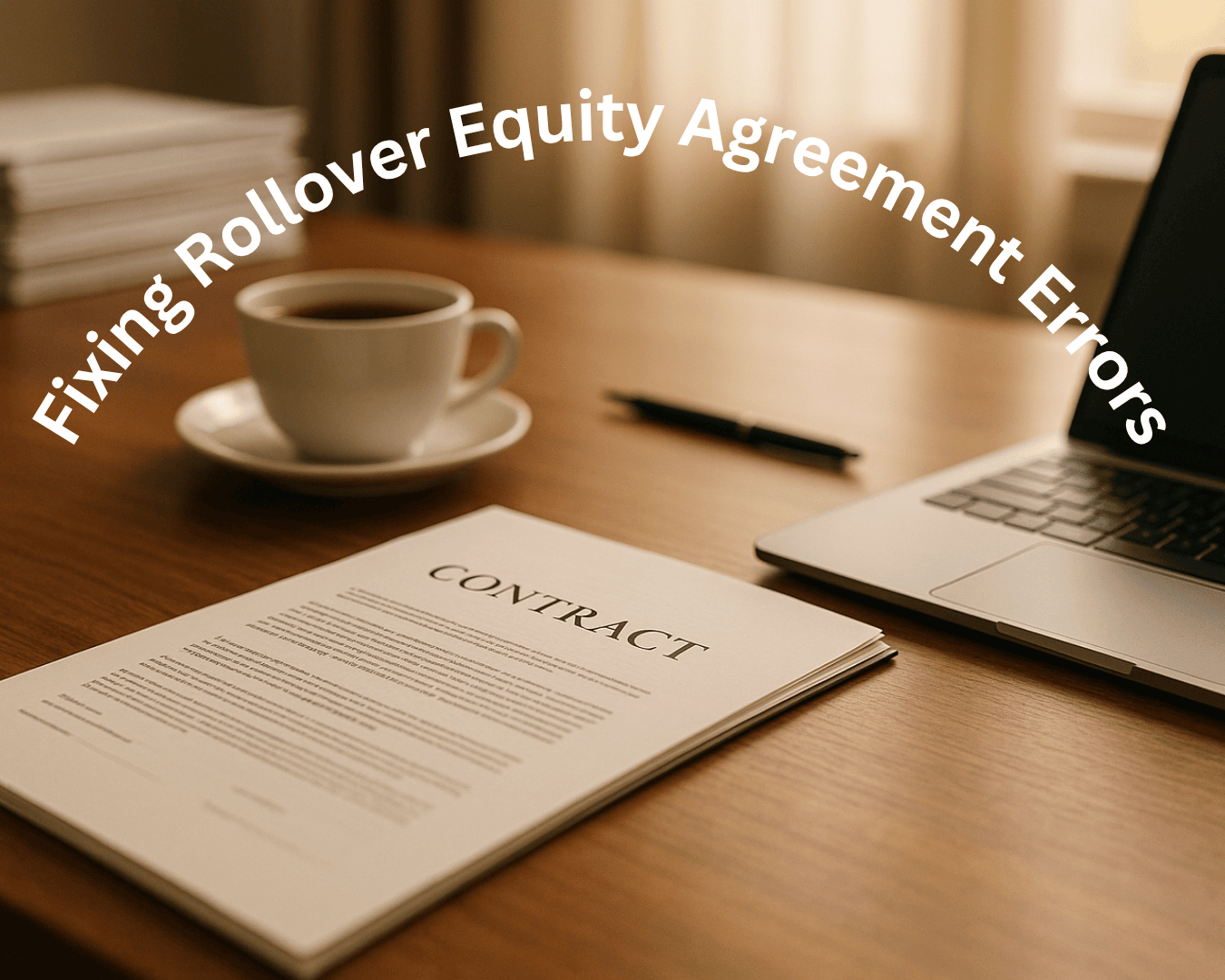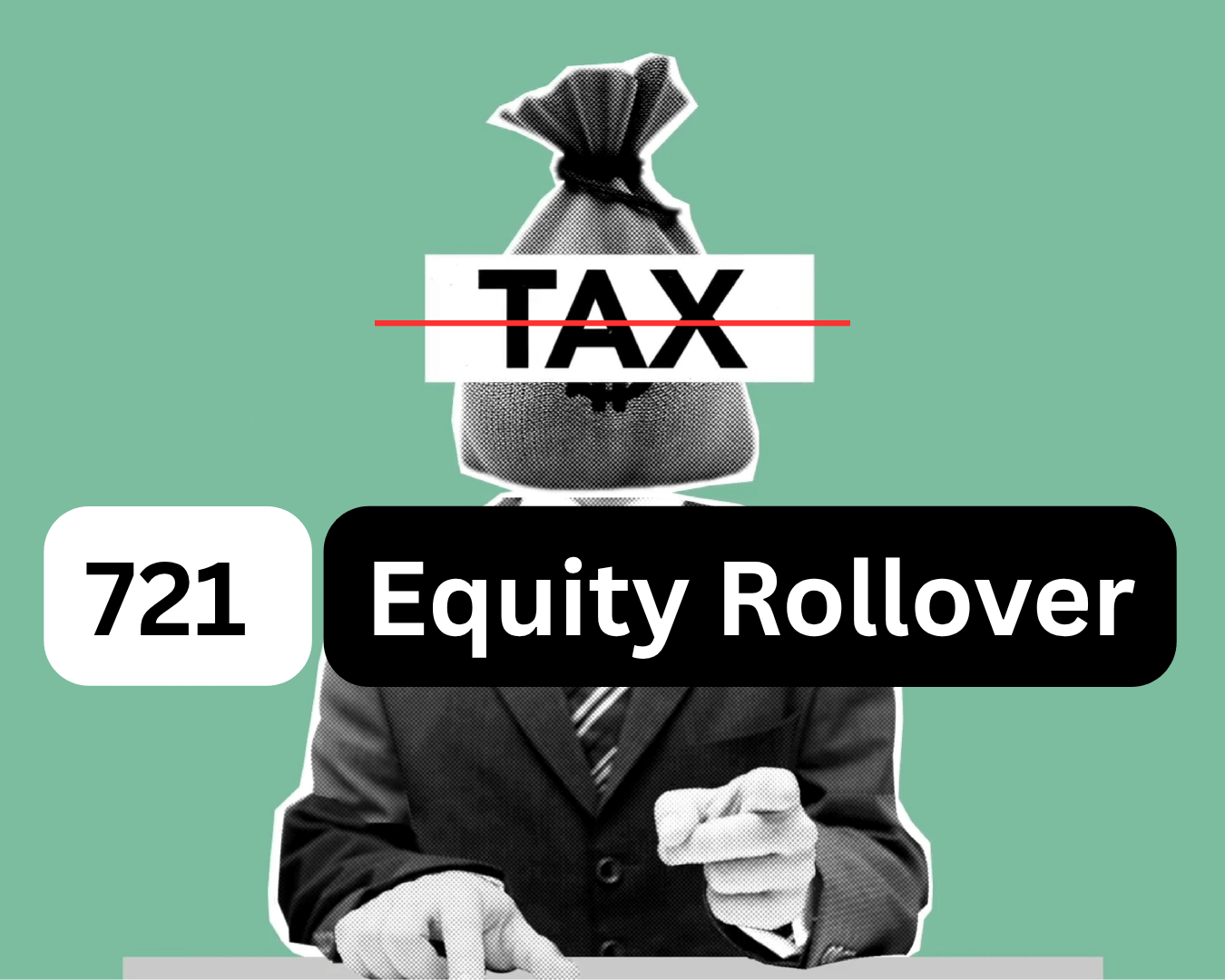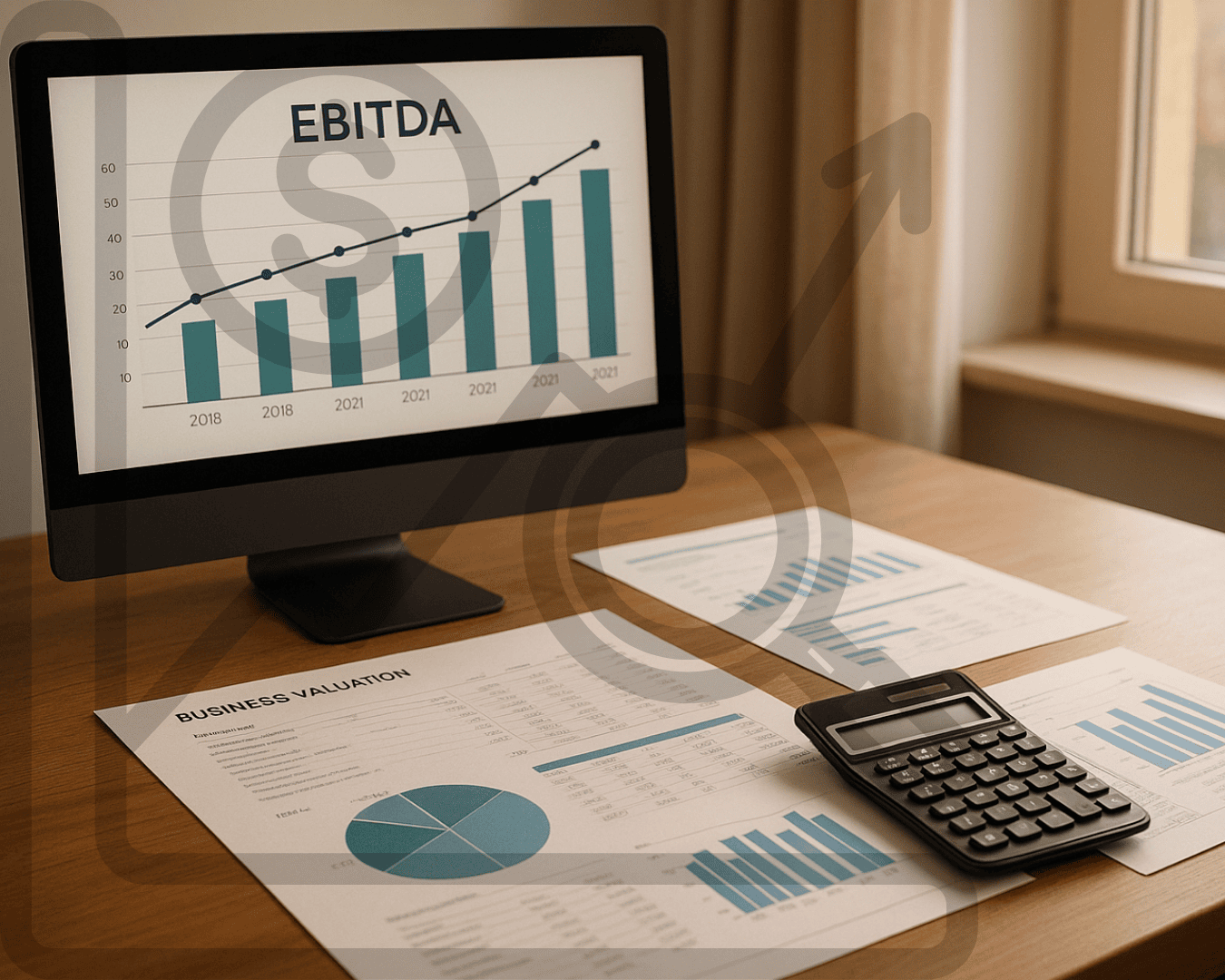When buying or selling a business, part of the payment may depend on future events. Two common tools for this are earnouts and contingent payments. While both involve delayed payments, they serve different purposes:
- Earnouts: Payments tied to specific business performance metrics (e.g., revenue or profit). Often used to bridge valuation disagreements and align incentives between buyers and sellers.
- Contingent Payments: Payments triggered by various conditions, like retaining key customers or resolving legal issues. These address uncertainties unrelated to financial performance.
Key differences include what triggers the payment, risk allocation, and tax implications. Earnouts focus on performance, while contingent payments handle broader risks. Both require clear documentation to avoid disputes and ensure smooth transactions.
Quick Comparison:
| Attribute | Earnouts | Contingent Payments |
|---|---|---|
| Purpose | Bridge valuation gaps | Address specific risks or conditions |
| Trigger | Business performance (e.g., revenue, EBITDA) | Non-performance events (e.g., legal, regulatory) |
| Risk | Seller bears performance risk | Depends on the condition |
| Tax Treatment | Often capital gains; can be ordinary income | Varies based on condition |
| Timeline | 1–3 years | Varies widely |
Both mechanisms can benefit buyers and sellers if structured carefully. For buyers, they reduce upfront risk; for sellers, they offer potential for higher payouts. However, clarity in contracts is essential to avoid conflicts.
How do earnouts and contingency payments work?
What Are Earnouts?
An earnout is a specific type of agreement used in business acquisitions where a portion of the purchase price is deferred until the acquired business achieves certain performance goals. Essentially, it ties part of the sale price to the future success of the business, ensuring that the final payment reflects actual results rather than projections.
These agreements are built around measurable performance metrics that both the buyer and seller negotiate upfront. For instance, research shows that 64% of earnout deals use revenue milestones, while 24% focus on EBITDA or earnings benchmarks. Other metrics, like gross margin or sales quotas, may also come into play. A standard earnout agreement typically includes the following elements:
- The specific performance metrics being tracked
- The timeframe to achieve these targets, often one to three years after the sale
- The formula for calculating payments
- Any caps or minimums on the total earnout amount
Additionally, a well-structured earnout agreement includes clear procedures for resolving disputes, ensuring that disagreements over whether goals were met don’t derail the process.
"Earnouts are increasingly used in SMB acquisitions to bridge valuation gaps between buyers and sellers by tying a portion of the purchase price to the company's future performance." – Clearly Acquired
Here’s how it might work in practice: Imagine a small business is sold for $2 million upfront, with an additional $1 million contingent on hitting $5 million in revenue and $1 million in EBITDA within two years. Payments are made annually, based on audited financial results, with clear definitions and dispute resolution mechanisms in place.
This structure is especially useful when valuation disagreements arise or when ensuring the seller remains committed to the business’s success.
When Earnouts Are Used
Earnouts are particularly helpful when buyers and sellers can’t agree on the business’s valuation - often due to uncertainty about future growth. For example, a seller might believe their business is worth $5 million based on optimistic growth projections, while the buyer values it at $3.5 million based on current performance. An earnout bridges this gap by tying additional payments to future performance, satisfying both parties.
These agreements are especially common in industries like technology, healthcare, and startups, where growth potential is high but harder to predict.
Another reason earnouts are used is to keep the seller involved. In cases where the founder’s expertise, relationships, or active participation is critical to the business’s continued success, an earnout provides strong motivation for the seller to stay engaged during the transition.
How Earnouts Affect Buyers and Sellers
For buyers, earnouts lower the initial financial risk. Instead of paying the full purchase price upfront, buyers can defer part of the payment and only pay the additional amount if the business performs as expected. This approach also helps manage cash flow, spreading the financial burden over several years.
For sellers, earnouts offer a chance to earn more than the initial sale price - provided the business meets its targets. However, there’s a downside: if the business falls short of the agreed-upon metrics, the seller may receive less than they anticipated. Another challenge for sellers is the potential lack of control over operations after the sale, which could impact the business’s ability to meet earnout goals.
The success of an earnout depends on having clearly defined metrics, timelines, and payment terms to minimize conflicts and ensure transparency. However, these agreements can also present tax and accounting challenges. For instance, under ASC 820, earnouts are classified as Level 3 liabilities, and how they’re recognized depends on the specific terms of the agreement.
What Are Contingent Payments?
Contingent payments are sums withheld at the time of closing and only released to the seller if certain future conditions or milestones are met. These payments act as a safeguard for buyers, ensuring that specific criteria are fulfilled before the full purchase price is paid.
The main distinction between contingent payments and earnouts lies in what triggers them. While earnouts are usually tied to financial performance metrics like revenue or EBITDA, contingent payments can depend on a broader range of factors. Let’s dive into the details of what triggers these payments and how they are practically applied.
For instance, in a typical U.S. small business sale valued at $1 million, a buyer might withhold $200,000 at closing. This amount would only be released if a specific condition - such as keeping a key customer for 12 months - is met. If the condition isn’t satisfied, the payment may be reduced or forfeited.
This arrangement helps reduce risk for buyers while ensuring sellers remain accountable.
What Triggers Contingent Payments
Various conditions can activate contingent payments. While financial metrics are often used, non-financial factors are also common. For example:
- Retaining a certain percentage of employees for a specified time.
- Maintaining contracts with key customers.
- Resolving potential tax or legal issues uncovered during due diligence.
- Achieving specific operational milestones, as long as these are clearly defined and measurable.
The flexibility of contingent payments allows buyers to address specific concerns uncovered during the deal-making process.
When Contingent Payments Are Used
These payments are particularly helpful when there’s uncertainty about a business’s future or unresolved risks at closing. They provide buyers with an added layer of protection, complementing representations and warranties.
For example, if a business relies heavily on one major client for revenue, a portion of the purchase price could depend on retaining that client. Similarly, in deals where regulatory or legal concerns exist, contingent payments can ensure those issues are resolved before the seller receives the full payment. In more complex transactions - like those requiring smooth integration or ongoing seller involvement - contingent payments help align expectations after closing.
While these mechanisms are especially common in industries with high levels of uncertainty, such as technology, healthcare, and startups, they are also becoming more prevalent across other sectors to manage transaction risks effectively.
sbb-itb-a3ef7c1
Main Differences Between Earnouts and Contingent Payments
Earnouts and contingent payments may seem similar at first glance, but they serve very different purposes in business transactions. Earnouts are specifically designed to address valuation gaps by tying part of the purchase price to the future performance of the business. Contingent payments, on the other hand, are broader in scope, dealing with uncertainties like legal outcomes or regulatory approvals.
A key distinction lies in their focus and function. Earnouts reward sellers for hitting specific business milestones, such as revenue or profit targets. Meanwhile, contingent payments often act as safeguards, ensuring certain conditions are met - like resolving a lawsuit or obtaining regulatory clearance - before funds are released.
Risk-sharing is another area where they differ. With earnouts, sellers take on performance risk, as they only receive additional payments if the agreed-upon targets are met. This creates a shared-risk scenario between buyer and seller. Contingent payments, however, shift risk depending on the situation. For example, if a contingent payment is tied to the resolution of a legal case, the seller may bear most of the risk.
Tax and accounting treatments add another layer of complexity. Earnouts are typically considered part of the purchase price, taxed as capital gains. However, if they’re tied to the seller’s continued employment, they could be taxed as ordinary income. Under U.S. GAAP, earnouts classified as contingent consideration must be measured at fair value and remeasured periodically, potentially causing earnings volatility for buyers. Contingent payments follow similar remeasurement rules but can have varying tax implications depending on their nature.
Comparison Table: Earnouts vs. Contingent Payments
| Attribute | Earnouts | Contingent Payments |
|---|---|---|
| Primary Purpose | Bridge valuation gaps; align buyer-seller goals | Address future uncertainties and risks |
| Triggering Events | Business performance (e.g., revenue, EBITDA) | Any future event (e.g., legal or regulatory) |
| Risk Allocation | Seller bears performance risk; shared upside | Varies by trigger; can favor buyer or seller |
| Tax Treatment | Often capital gains; may be ordinary income | Depends on nature; could adjust purchase price |
| Accounting Impact | Remeasured at fair value, causing volatility | Similar rules; impact varies by classification |
| Documentation Complexity | High – detailed metrics and methods required | Moderate to high – depends on trigger clarity |
| Timeline | Typically 1–3 years | Varies widely, from months to several years |
| Dispute Risk | Higher – subjective performance measurements | Moderate – depends on clarity of conditions |
Earnouts require meticulous documentation. For instance, if an earnout specifies an additional $1 million payment for achieving $5 million EBITDA within two years, the agreement must clearly define EBITDA and outline how it will be calculated. This level of detail is essential to avoid disputes.
Contingent payments, while sometimes simpler, still need precise definitions. For example, if tied to a legal resolution, the agreement must specify what constitutes "resolution" and outline a payment timeline.
Operationally, earnouts can complicate integration. Sellers often remain involved to meet performance targets, which can influence strategic decisions. In contrast, contingent payments that aren’t tied to performance generally have less impact on day-to-day operations.
For companies leveraging platform solutions, understanding these differences is crucial. Tools powered by AI and expert advisory services can help structure these agreements, ensuring clear documentation and reducing the likelihood of disputes.
Lastly, flexibility sets these payment structures apart. Earnouts typically follow standardized patterns focused on financial or operational metrics. Contingent payments, however, offer more room to address unique risks or circumstances. While this flexibility can be useful, it often comes with added complexity in drafting and execution.
These distinctions underscore the importance of carefully considering each structure’s pros and cons when planning a transaction. Both buyers and sellers need to evaluate their goals and risks to determine the best approach.
What Buyers and Sellers Need to Know
Earnouts and contingent payments can significantly shape the outcome of a deal. These mechanisms impact negotiation strategies and post-closing operations, making it crucial for both buyers and sellers to approach them with care. Below, we explore key considerations for each party and highlight the importance of thorough documentation.
What Buyers Should Consider
For buyers, structuring earnouts and contingent payments comes with its own set of hurdles. A major concern is enforceability. Under U.S. GAAP, earnouts are classified as Level 3 liabilities, which means they require periodic fair value remeasurement.
Another critical step is defining performance metrics with precision. Vague or poorly defined metrics often lead to disputes. A 2020 SRS Acquiom study revealed that only 49% of earnouts resulted in any payout to sellers, and just 14% achieved the full potential payout. Clear criteria can help avoid these pitfalls.
Buyers also need to ensure that earnout structures align with their post-acquisition plans. For example, revenue-based earnouts may falter if the seller no longer controls key factors influencing their payout. Integration challenges can further complicate these arrangements.
Tax and financial reporting considerations are another layer of complexity. If the earnout is tied to the seller's continued employment, it could be classified as compensation rather than a purchase price adjustment, impacting both tax treatment and financial statements.
What Sellers Should Consider
Sellers face a different set of challenges, particularly because they lose operational control after the sale. This loss can directly affect their ability to meet earnout targets.
Choosing the right performance metrics is essential. While revenue targets may seem straightforward, changes in pricing or product focus can skew results. EBITDA-based earnouts, on the other hand, can be influenced by how expenses are allocated. A 2017 SRS Acquiom study of 795 private-target deals found that 64% used revenue-based earnouts, while 24% relied on EBITDA targets. Sellers should push for metrics that are transparent and less prone to manipulation.
Operational protections can also safeguard earnout payouts. For example, covenants requiring the buyer to maintain staffing levels, continue marketing efforts, or operate the business in good faith can ensure that earnout conditions remain achievable. Additionally, tax implications vary depending on how payments are structured. Earnouts classified as purchase price adjustments are often taxed as capital gains, while those tied to continued involvement might be taxed as ordinary income. Sellers should also account for potential imputed interest charges if the earnout extends over a fixed period.
Finally, sellers should model various scenarios to weigh the potential upside of an earnout against the risks of reduced base payments. This preparation can help them navigate uncertainties and secure fair compensation.
Why Clear Documentation Matters
Precise documentation is critical for minimizing risks tied to operational changes and ambiguous metrics. Many disputes stem from unclear contract language or disagreements over post-closing management. To avoid this, performance metrics should be explicitly defined, covering details like revenue streams, timing, and applicable accounting standards. Including schedules and appendices can further clarify expectations.
Dispute resolution mechanisms are another must-have. Agreements should outline mediation clauses, third-party audit rights, and escalation procedures. For example, in one case, a seller's earnout tied to specific sales quotas became contentious after the buyer altered sales strategies post-closing. While mediation eventually resolved the issue, clearer documentation could have prevented the conflict altogether.
Compliance with U.S. regulations is also essential. Contracts should specify how contingent payments are classified under U.S. GAAP and align with IRS guidelines. Whether payments are treated as purchase price adjustments or compensation affects tax liabilities and financial reporting.
Regular reporting requirements benefit both parties. Sellers need timely financial updates to track progress toward earnout targets, while buyers require defined timelines for assessments and payouts.
For companies leveraging platforms like Clearly Acquired, which offer deal management and advisory services, tools like AI-driven analytics can streamline the process. Expert guidance is invaluable when navigating the legal, tax, and accounting complexities these agreements involve.
Conclusion
Grasping the differences between earnouts and contingent payments is crucial when navigating business acquisitions. Earnouts are tied to the business's performance after the deal closes, while contingent payments hinge on a wider array of future triggers.
These nuances directly shape how deals are structured. Earnouts are a solid choice when there's a gap in valuation or uncertainty about future performance. They allow buyers to minimize upfront risk while giving sellers the chance to earn more if the business performs well. Contingent payments, on the other hand, are better suited for addressing specific risks that aren't tied to ongoing performance.
Data shows that revenue milestones are the most common benchmarks for earnouts. However, crafting these agreements carefully and documenting them thoroughly is essential to avoid disputes down the road.
For smaller businesses, like those in the Main Street and lower mid-market segments, having the right financing options can make or break a deal. A well-structured agreement, paired with advanced tools, ensures these mechanisms work as intended. Clearly Acquired's integrated platform offers a comprehensive solution, combining deal sourcing, advisory services, and financing tools. With AI-driven due diligence, secure data rooms, and expert guidance, the platform simplifies the process of structuring, documenting, and financing deals that include earnouts or other contingent payments.
Whether you're a buyer aiming to minimize risk or a seller looking to maximize your return, the key is selecting the structure that fits your unique situation and ensuring every detail is properly documented. With the right tools and expert support, earnouts and contingent payments can transform complex deals into successful outcomes.
FAQs
What are the effects of earnouts and contingent payments on business acquisition negotiations?
Earnouts and contingent payments introduce an extra layer of complexity to business acquisitions. Essentially, they link a portion of the purchase price to how well the business performs after the deal closes. For buyers, this approach reduces risk by ensuring the final price reflects actual outcomes. On the other hand, sellers view it as an opportunity to potentially increase their overall payout if the business meets or exceeds performance targets.
However, these arrangements demand precise structuring and clearly defined terms to prevent disputes. Both parties need to carefully assess financial projections and agree on performance metrics during negotiations to ensure transparency and alignment.
What tax considerations should buyers and sellers be aware of when structuring earnouts or contingent payments?
When setting up earnouts or contingent payments, the tax outcomes can differ greatly for both buyers and sellers. For sellers, these payments might be taxed as either ordinary income or capital gains, which largely depends on how the deal is structured and how the payments are classified. On the buyer's side, there might be opportunities to deduct certain payments as business expenses, but this hinges on the specific terms of the agreement and the nature of the transaction.
To navigate these complexities, it's crucial for both parties to work closely with a tax advisor or CPA. A well-thought-out approach can help reduce tax liabilities while ensuring everything aligns with IRS rules.
What steps can businesses take to clearly document earnouts or contingent payments and minimize disputes?
To avoid misunderstandings and potential conflicts when using earnouts or contingent payments, it’s crucial to draft detailed written agreements. These agreements should clearly define performance metrics like revenue or EBITDA, as well as outline the timeframes, calculation methods, and payment terms. Precise definitions of how these metrics will be verified and the timing of payments are equally important.
Adding clauses for audit rights and dispute resolution can help manage disagreements before they escalate. Using reliable data and tools to monitor performance metrics can also enhance transparency and make the entire process smoother for everyone involved.








.png)


























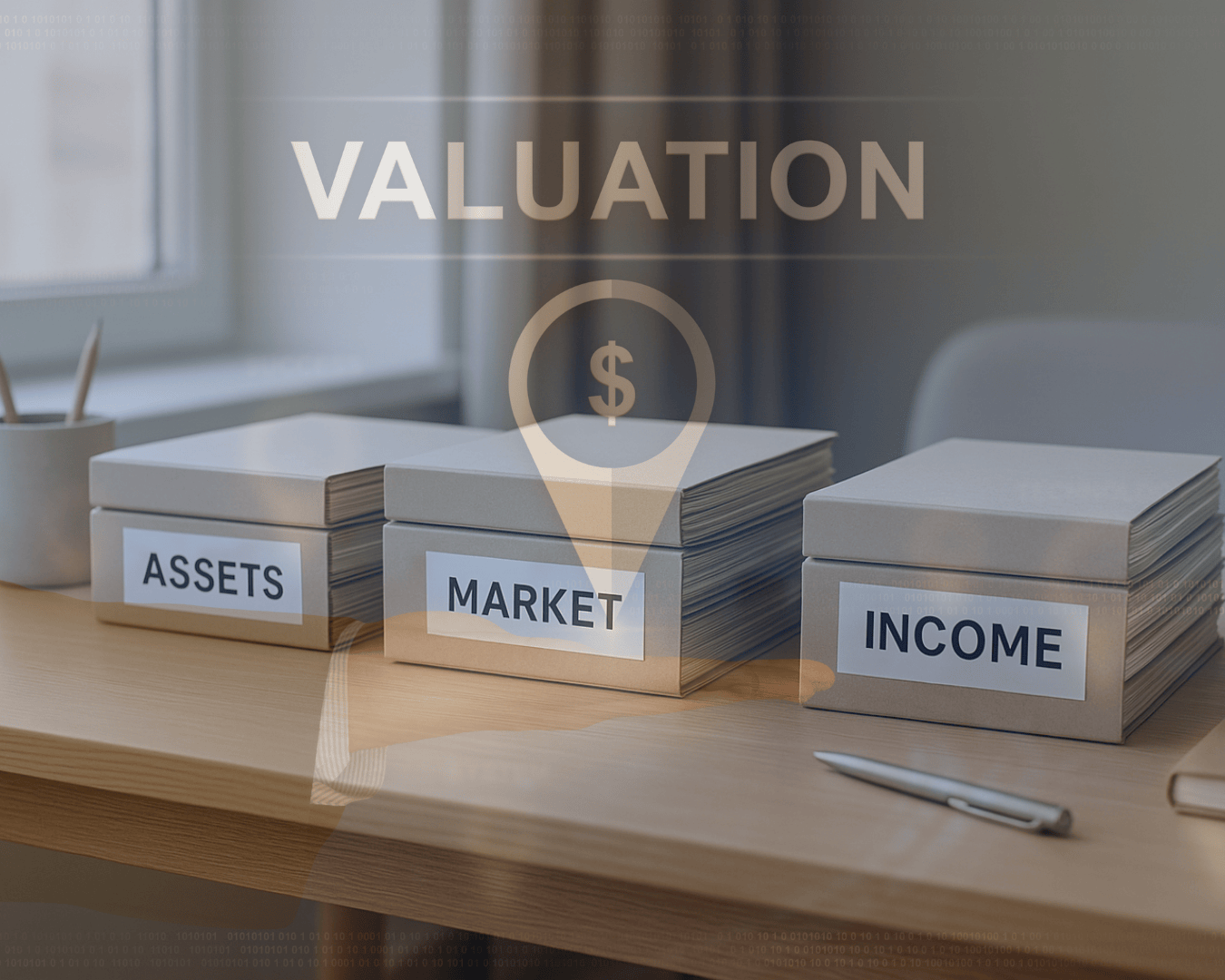


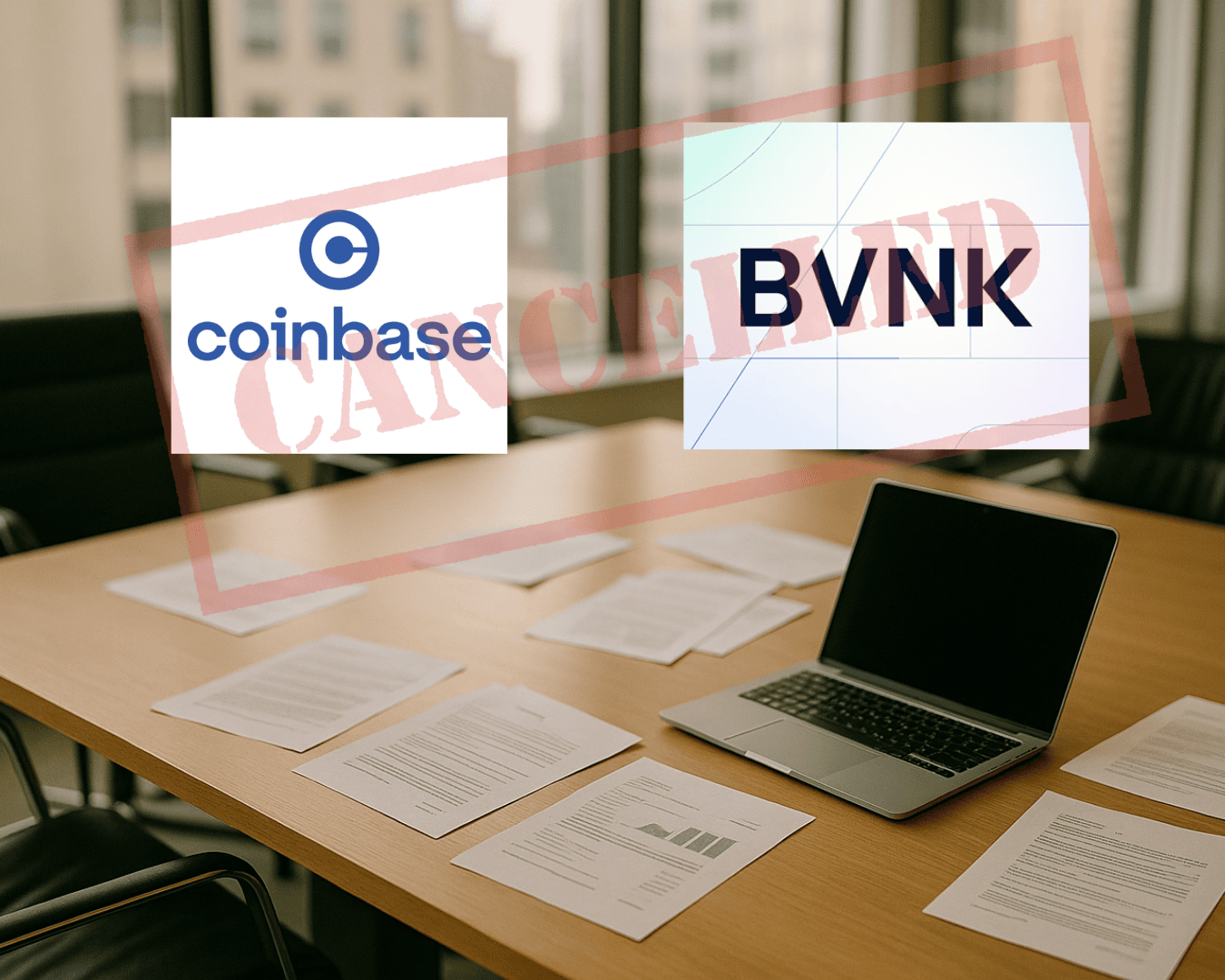









.png)

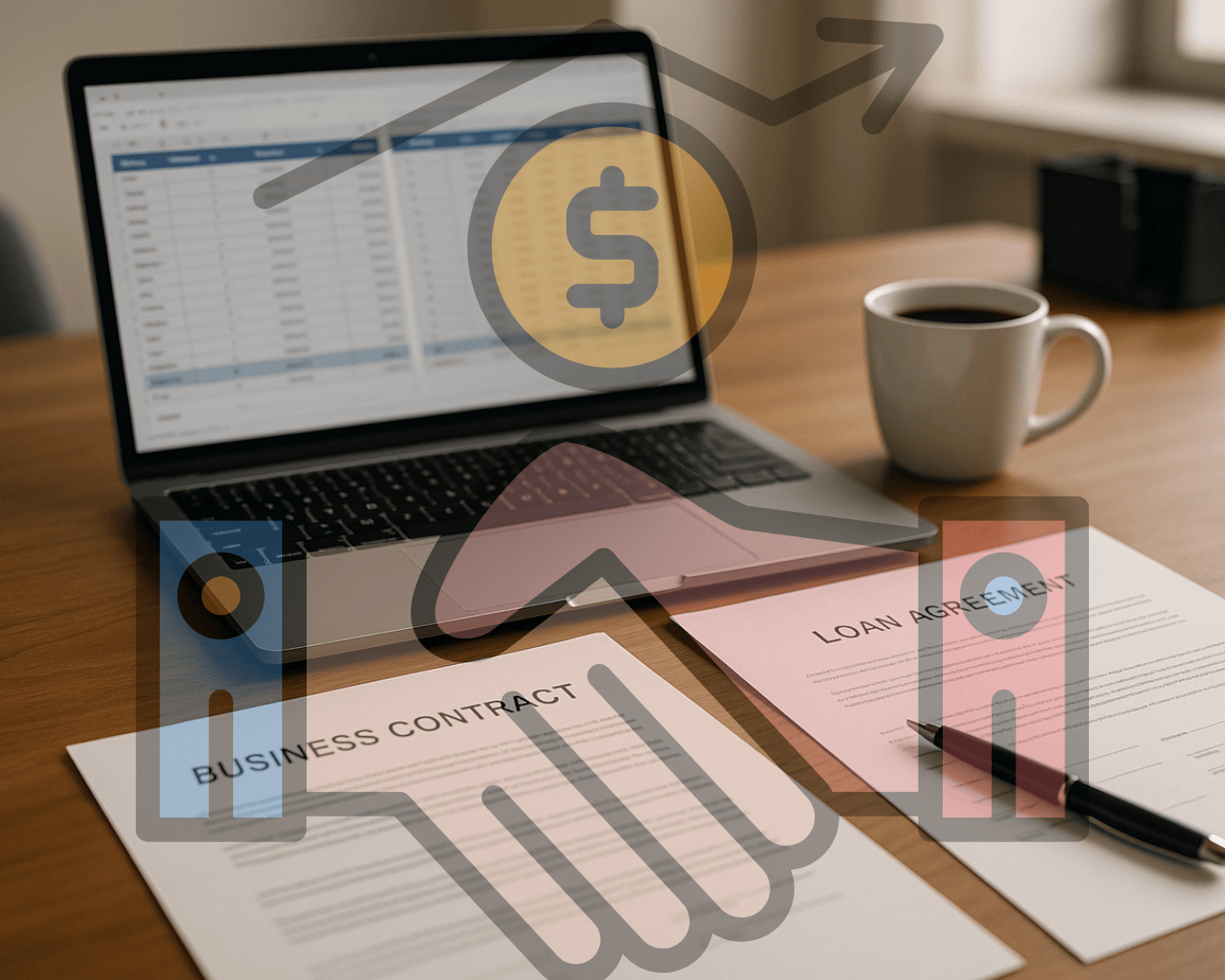




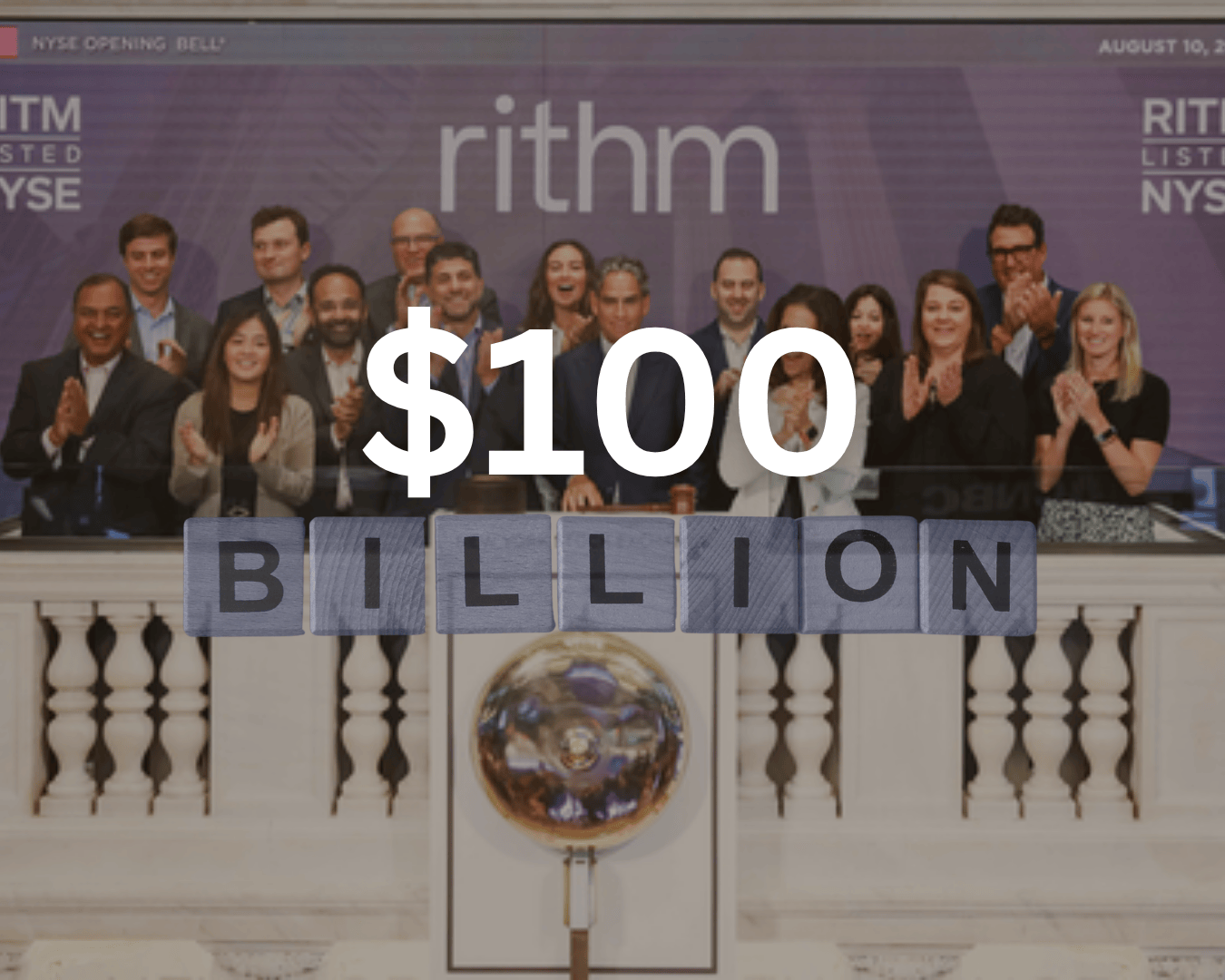















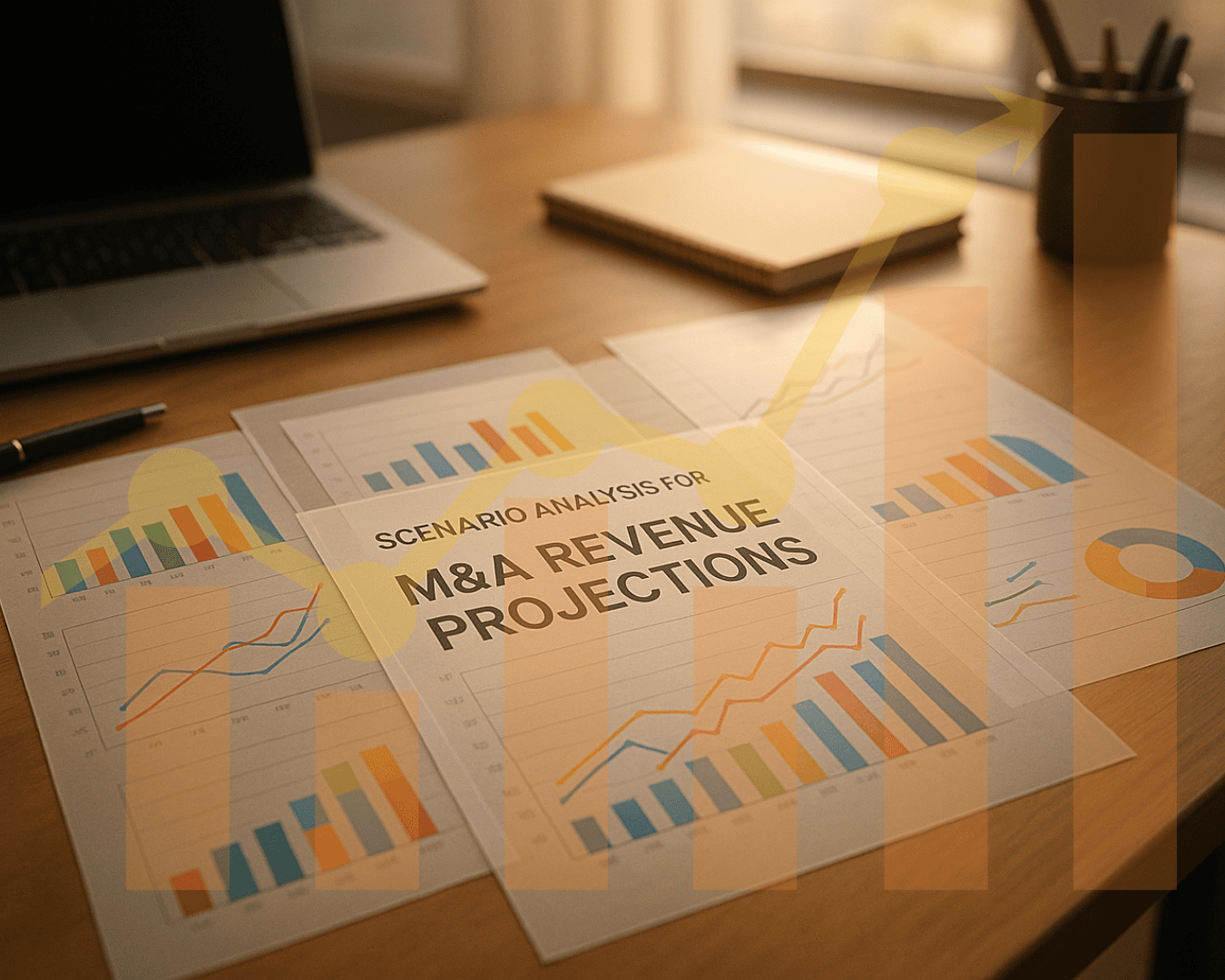





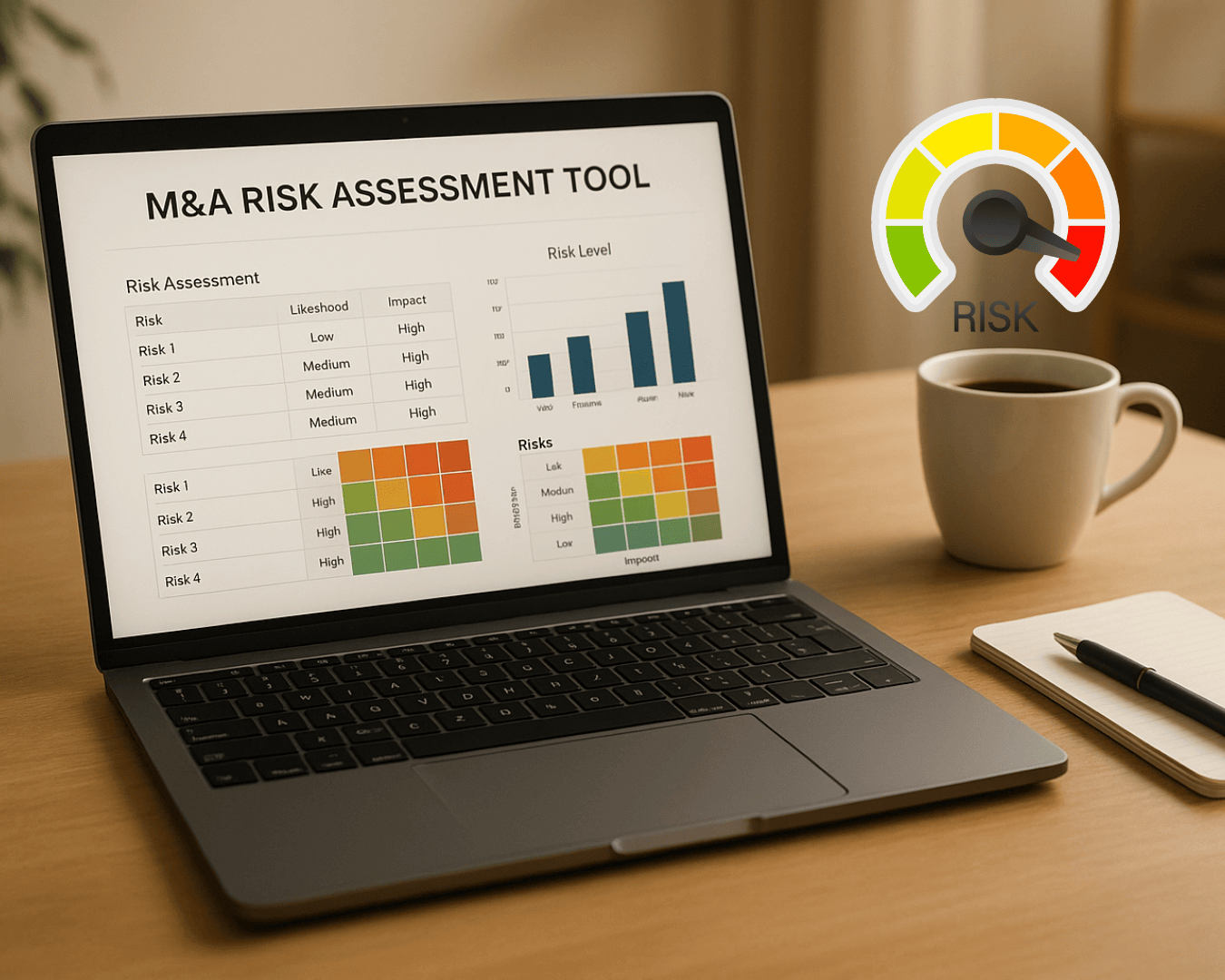

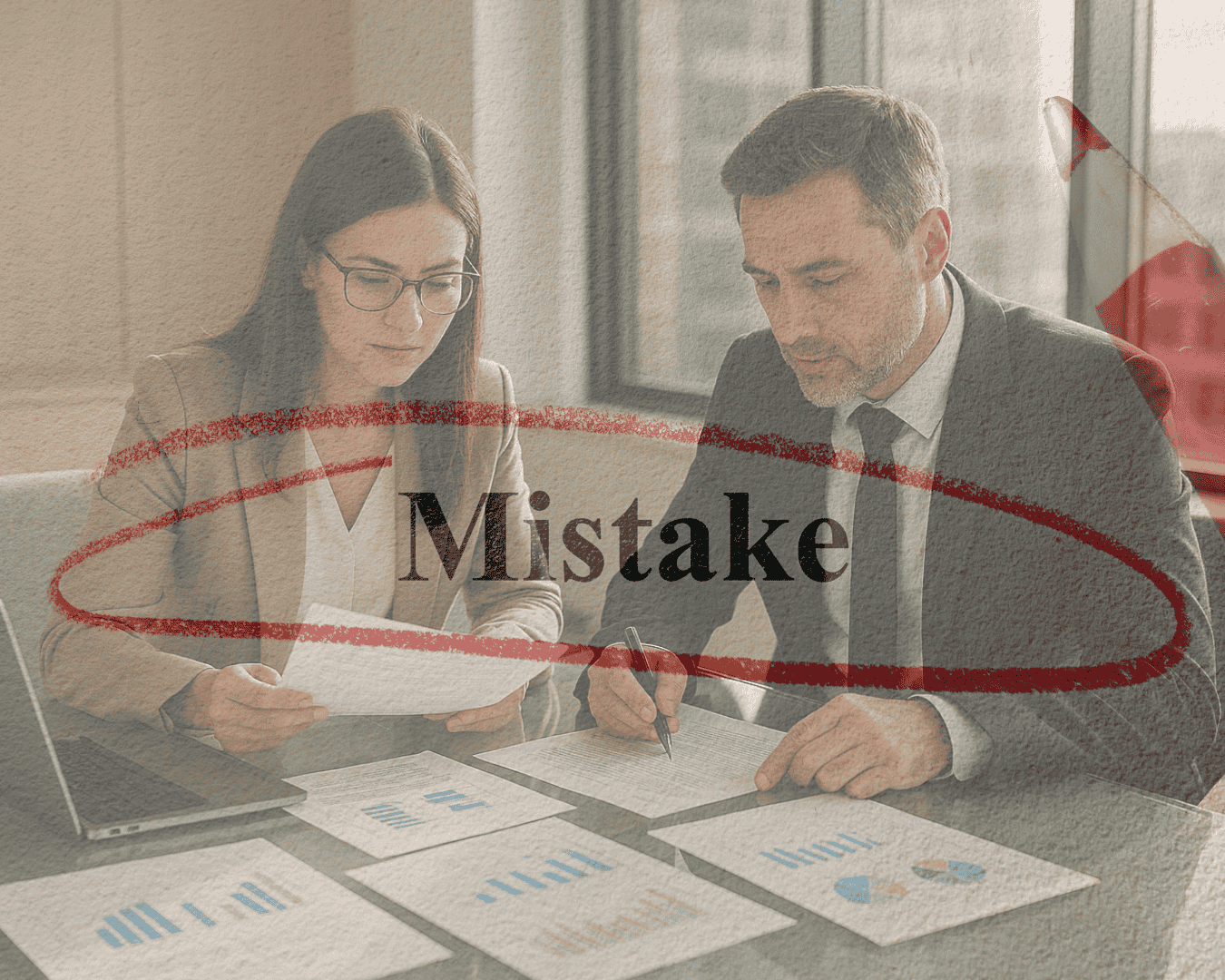
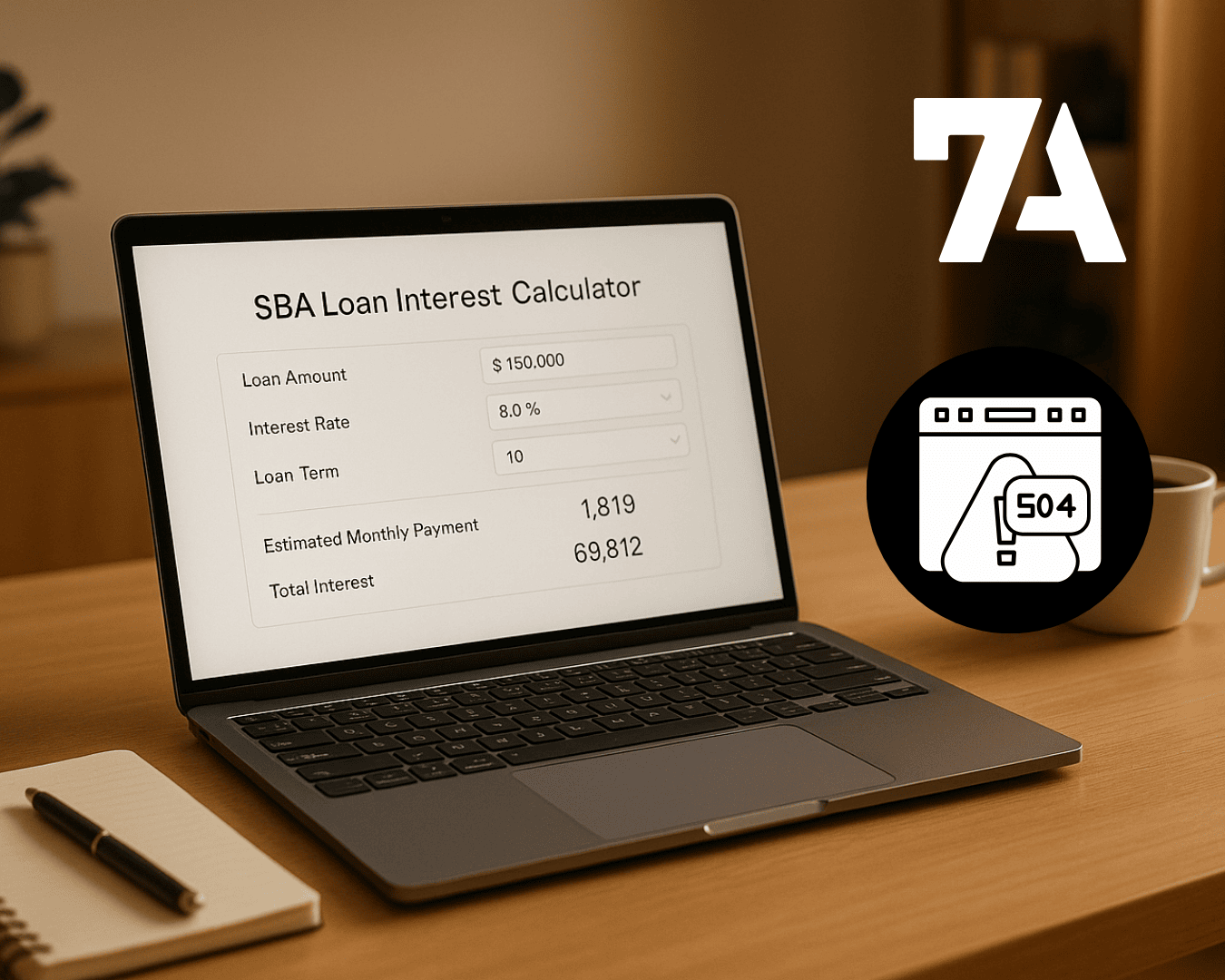








%20Loan%20Application%20Checklist.png)
